Australian house styles – from colonialism, to modernism
Australia is a young, cosmopolitan country and this diversity is also reflected on an architectural level. Over the course of the last centuries, overlapping the insular country’s history, the architectural landscape constantly enriched and styles succeeded one after another, each depending on the era and its influences. For an overview, you can see below a series of Australian house styles in a chronological order.
The first style is the so-called Queenslander, originating in north-east of the country, and developed since the 40’s of the 19th century. Houses typical of this style, used even nowadays, are mostly built of wood, raised off the ground and held by vertical stumps, with one or two storeys. All these homes have one or two verandas.
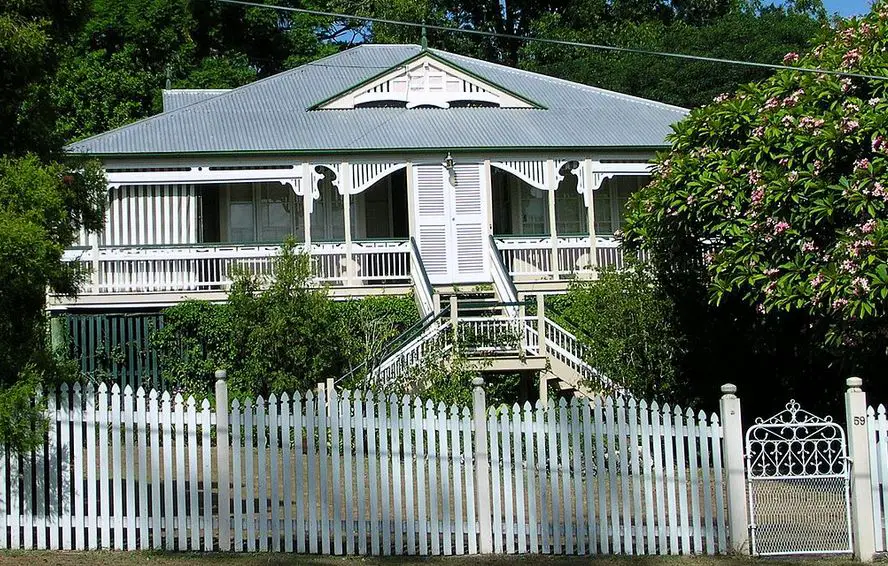
Australian house styles – Queenslander style
In search of Australian house styles, we stop at homes raised in the Victorian style, developed between 1860 and 1880. These homes are elegant, with facades decorated with cast iron lacework, large arched windows, while the roof is usually slate or corrugated galvanized iron, with timber eaves. By 1890, it Victorian style expanded and took influences from the Italianate style, with features that resemble the great Italian villas. By the late nineteenth century, the Boom style settled it, marked by the prosperity of the gold rush era, with richly decorated houses and poly-chromatic exterior facades.
The Federation style followed, a name that celebrates the Federation of Australia, divided into the states we know today. The houses of this period (opening picture) are characterized by rich wooden styling.
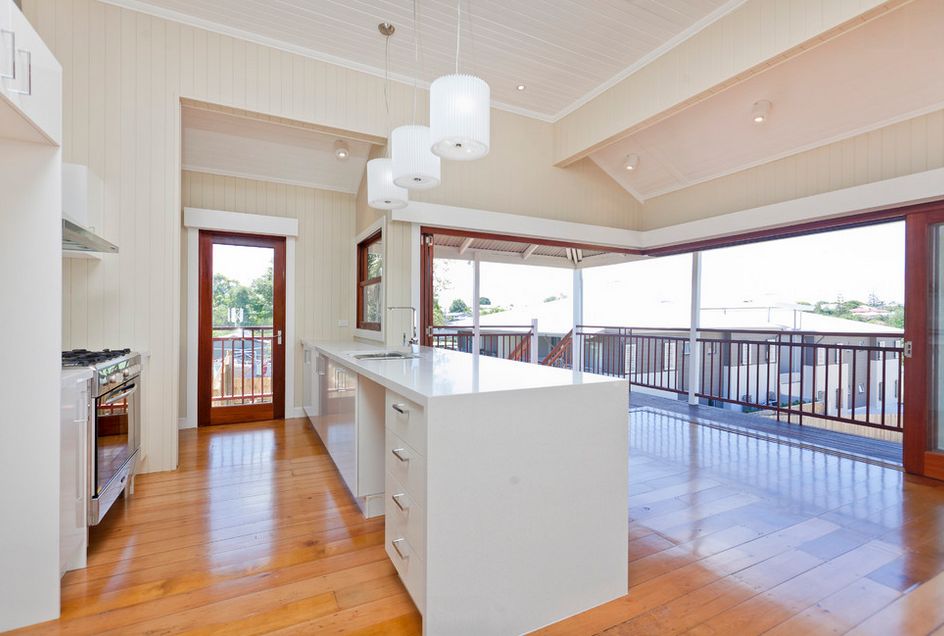
Australian house styles – interior of a federation style house
The Edwardian style came next, similar to the Federation style, but with fewer ornaments, and starting the 20’s of the last century Australians began importing the Californian bungalow style.
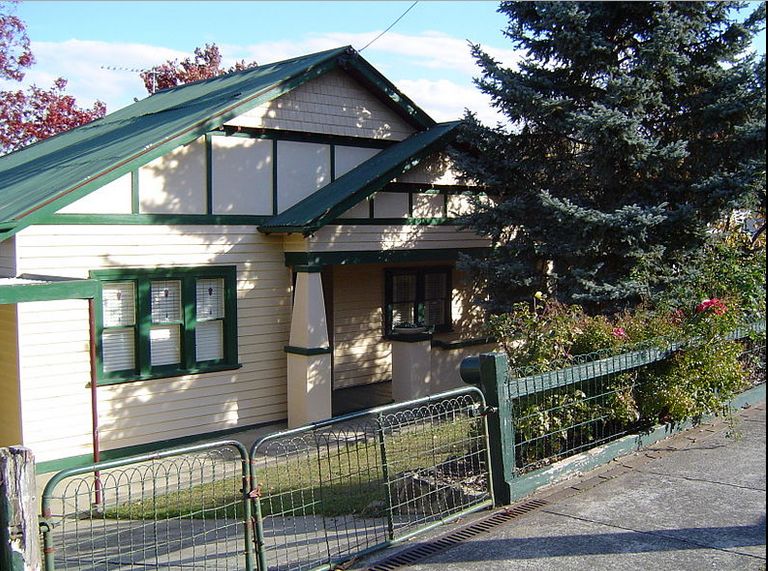
Australian house styles – Californian bungalow
The Australian house styles were also marked by Art Deco, of German influence, developed since the 30’s of last century, with solid houses in geometric forms. Since the 50’s, Australians began to build houses in a modern architectural style, usually brick houses with large windows and wood floors. In general practical houses, built on a low budget.
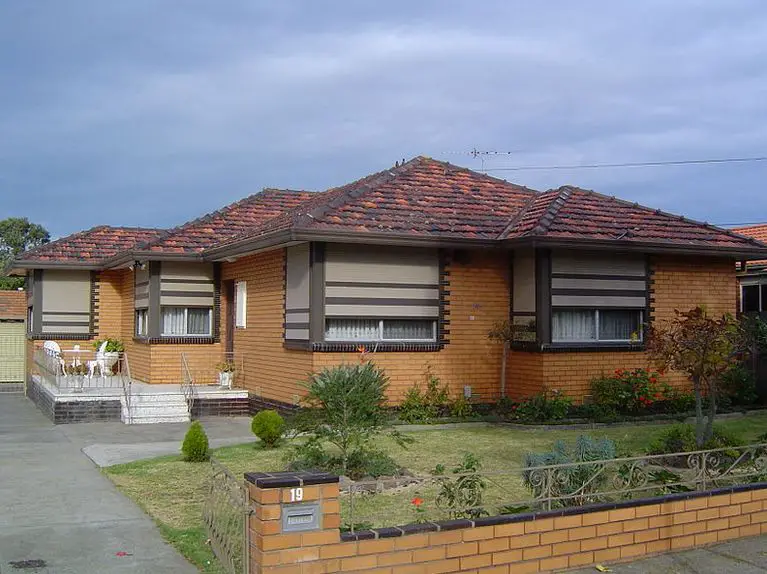
Australian house styles – contemporary house
In Australia, as temperatures are high, regardless of the season, the ventilation is a very important aspect of an entire household.
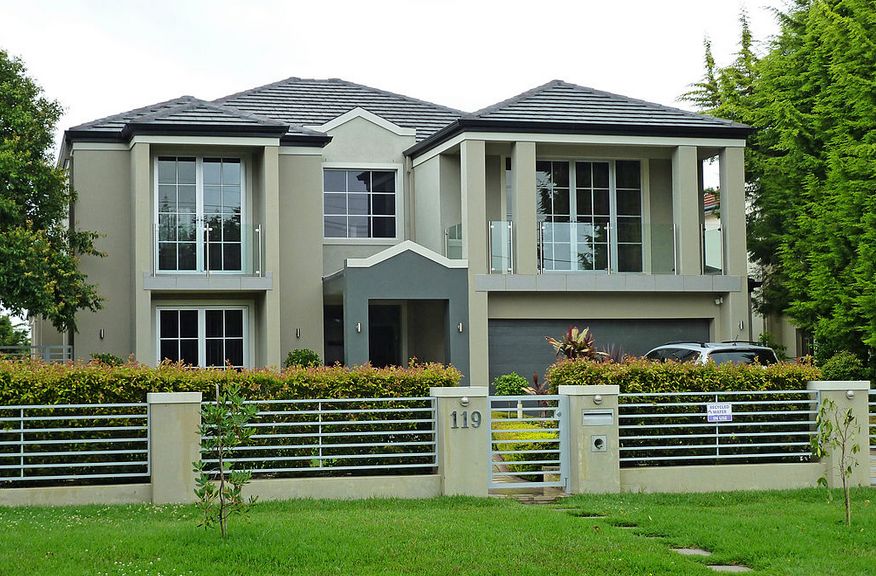
Australian house styles – contemporary house again
As for the interiors, they are characterized by two main aspects: on the one hand the traditional British style with vintage furniture, accessories and decorations and, on the other hand, Aboriginal art, especially represented by paintings and wood carvings.
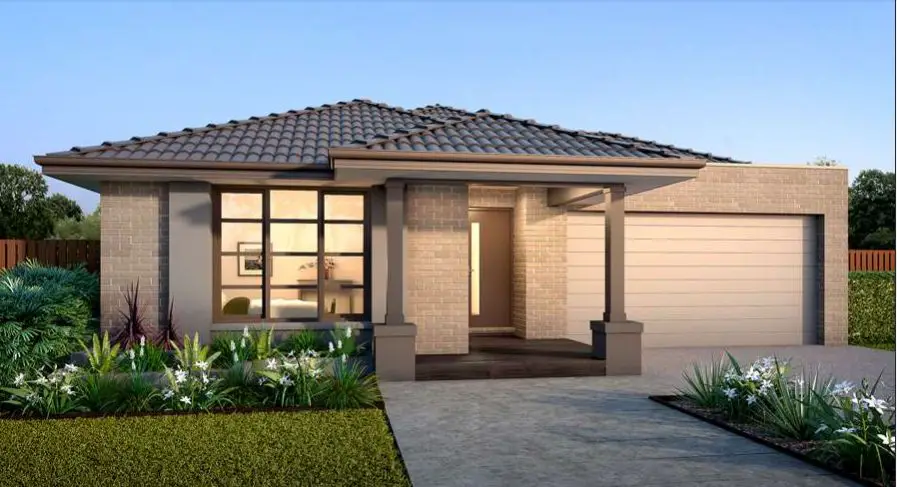
Australian house styles – contemporary house design
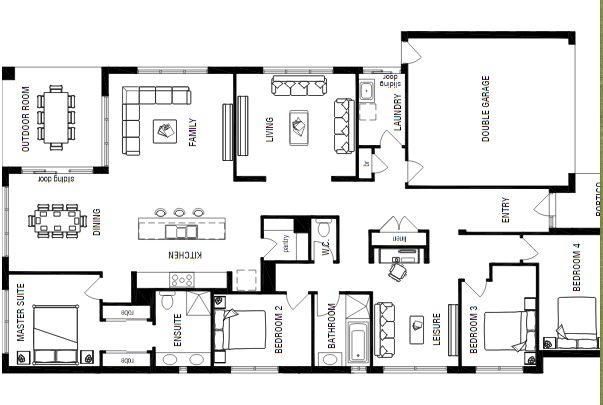
Australian house styles – blueprint
Sources: Realestateview.com.au, Wikipedia, Houzz.com, Metricon.com.au















